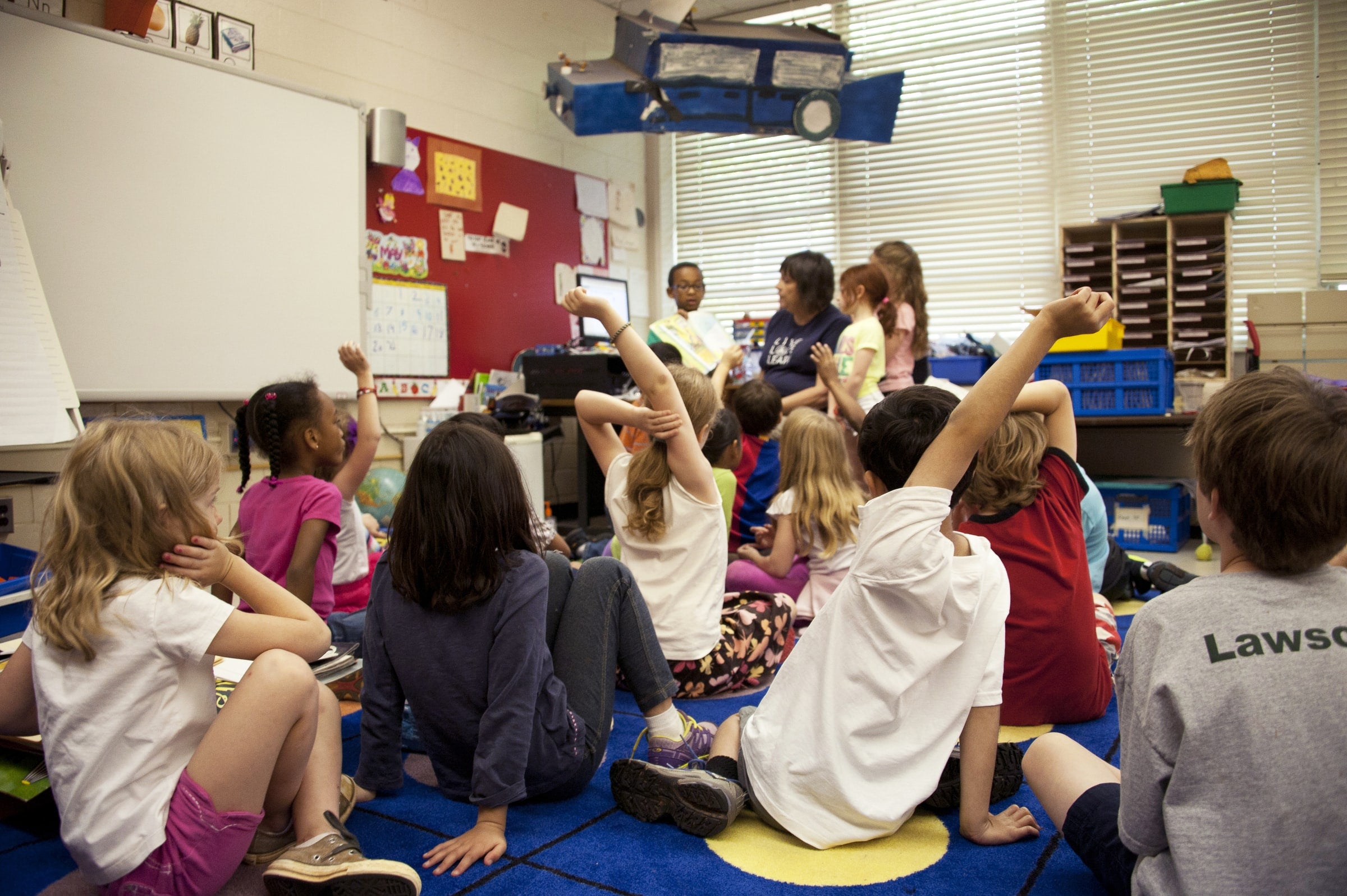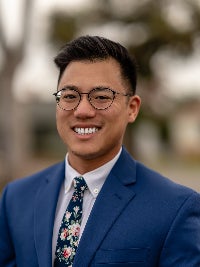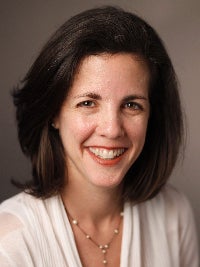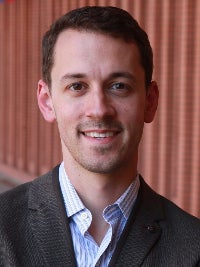Source Alert: USC experts on the upcoming school year

(Image credits: Photo/CDC via Unsplash)
This morning, the Los Angeles Unified School District welcomed back students for the upcoming academic year. The nation’s second largest school district faces an uncertain future in the wake of COVID-19 school shutdowns, decreasing enrollment and increased resentment toward educators. Below, USC education policy and standards experts comment on the current status of K-12 education and some of the issues facing schools across the country.
Contact: USC Media Relations, uscnews@usc.edu or (213) 740-2215
Vaccination rates among young children remain low, despite proven safety

“However, the vaccination rates for children remain incredibly low — in Los Angeles County: only 1% of those 6 months to 4 years old, 35% of 5- to-11-year-olds, and 79% of 12- to-17-year-olds are fully vaccinated.
“Unfortunately, we are still seeing a great deal of hesitancy and concern from parents. More than a third of parents say they do not have enough info on where their kid can get vaccinated. More than a quarter want to wait and see how the vaccine is working for other young children before getting their child vaccinated.
“But the data are clear: The COVID-19 vaccine is safe for children and can provide an added layer of reassurance and protection as they return to school. By getting the COVID-19 vaccine, children can be protected from infection and miss fewer school days due to illness. I strongly recommend that parents consider getting their children vaccinated as soon as possible since full protection from the vaccine is not expected until two weeks after the second dose.”
Richard Dang is an expert on vaccinations and pharmacist scope of practice in community settings. He is an assistant professor of clinical pharmacy with the USC School of Pharmacy and he serves as president of the California Pharmacists Association.
Contact: uscnews@usc.edu
COVID lessons: WiFi challenges, eroding civility at school board meetings

“But even the best of relationships couldn’t overcome a broader set of challenges and infrastructure limitations that strained districts in their ability to respond. They couldn’t overcome the fact there were certain areas that simply did not have WiFi access. They could try to provide hotspots, but they really needed higher-level action to ensure universal access, and also health and human services and housing.
“Finally, the kind of polarization that we saw emerge out of the early phases of the pandemic points to the need for building broader support for public education. How do we ensure that we have better information, more civil discourse in our meetings and our board meetings? The state, county agencies, and state associations could play a role in providing targeted support for districts to counter the ugly politics and disinformation that’s out there.”
Julie Marsh is an expert on K-12 education policy, the politics of education reform and school district reform. She is a professor of education policy at the USC Rossier School of Education and recently released a study on how California school districts responded to COVID-19 and growing structural racism.
Contact: paulmcq@usc.edu
Schools face ongoing challenges with lost ground, spotty attendance

“The district needs to talk to families and figure out what is driving persistent absenteeism and work to break down barriers to good attendance. At the same time, the district needs to support teachers to use high-quality curriculum materials and other resources to address students’ lost learning opportunities.”
Morgan Polikoff is an expert on K-12 education policy and academic standards, curriculum and testing. He is an associate professor of education at the USC Rossier School of Education.
Contact: polikoff@usc.edu



